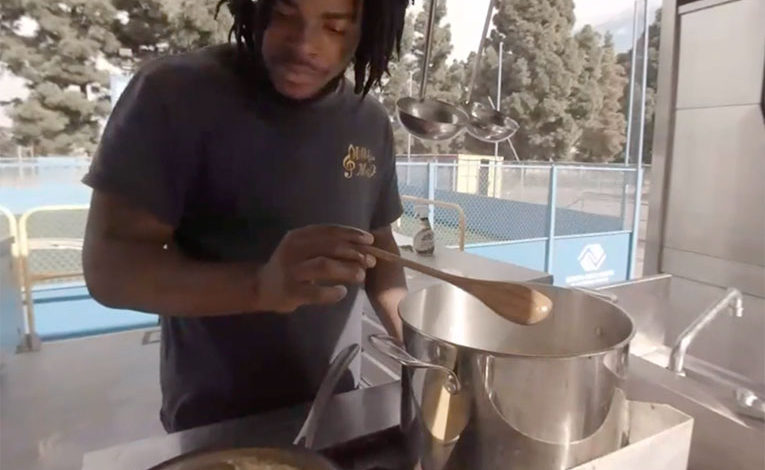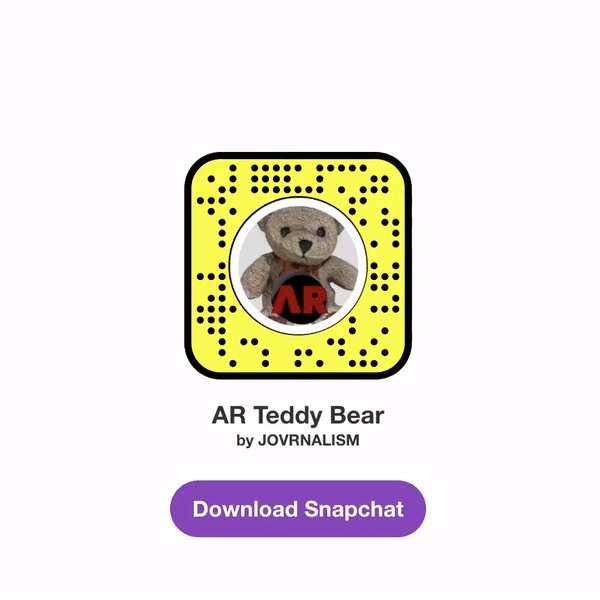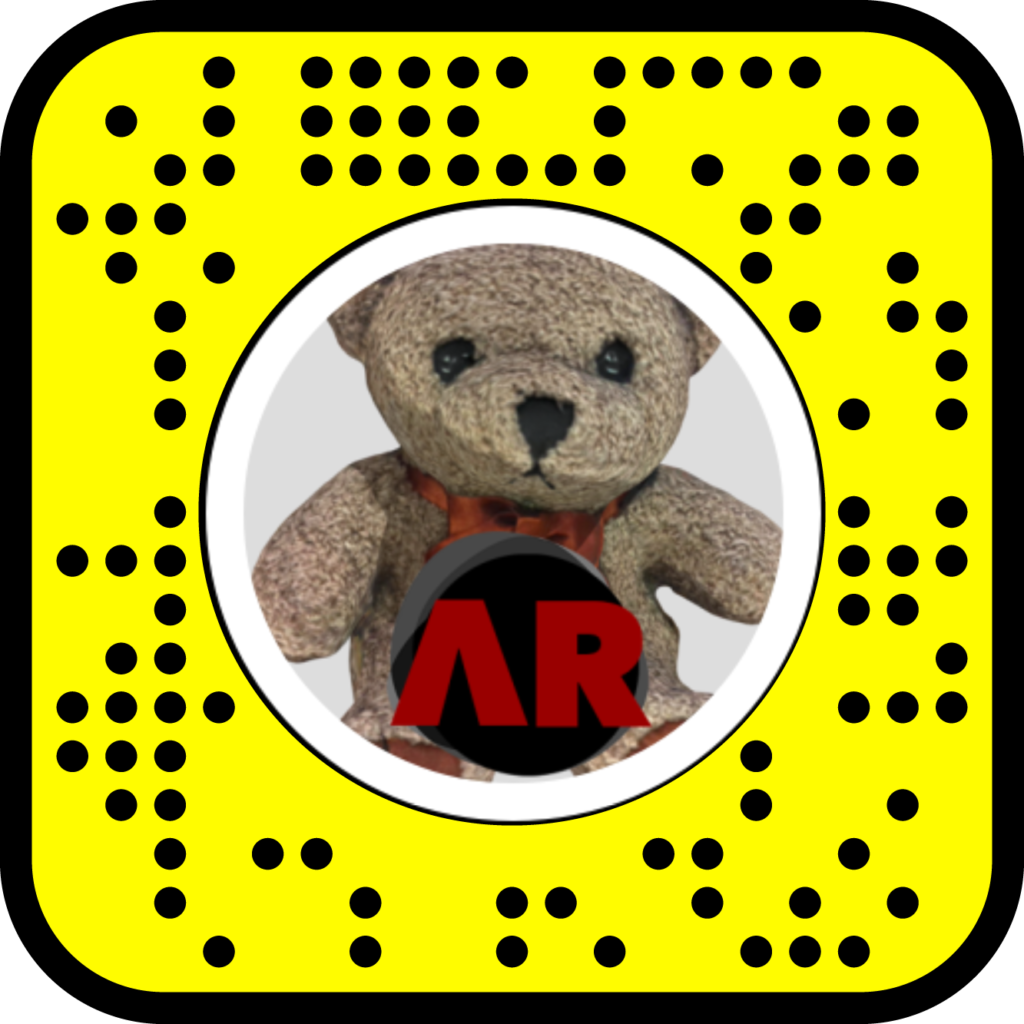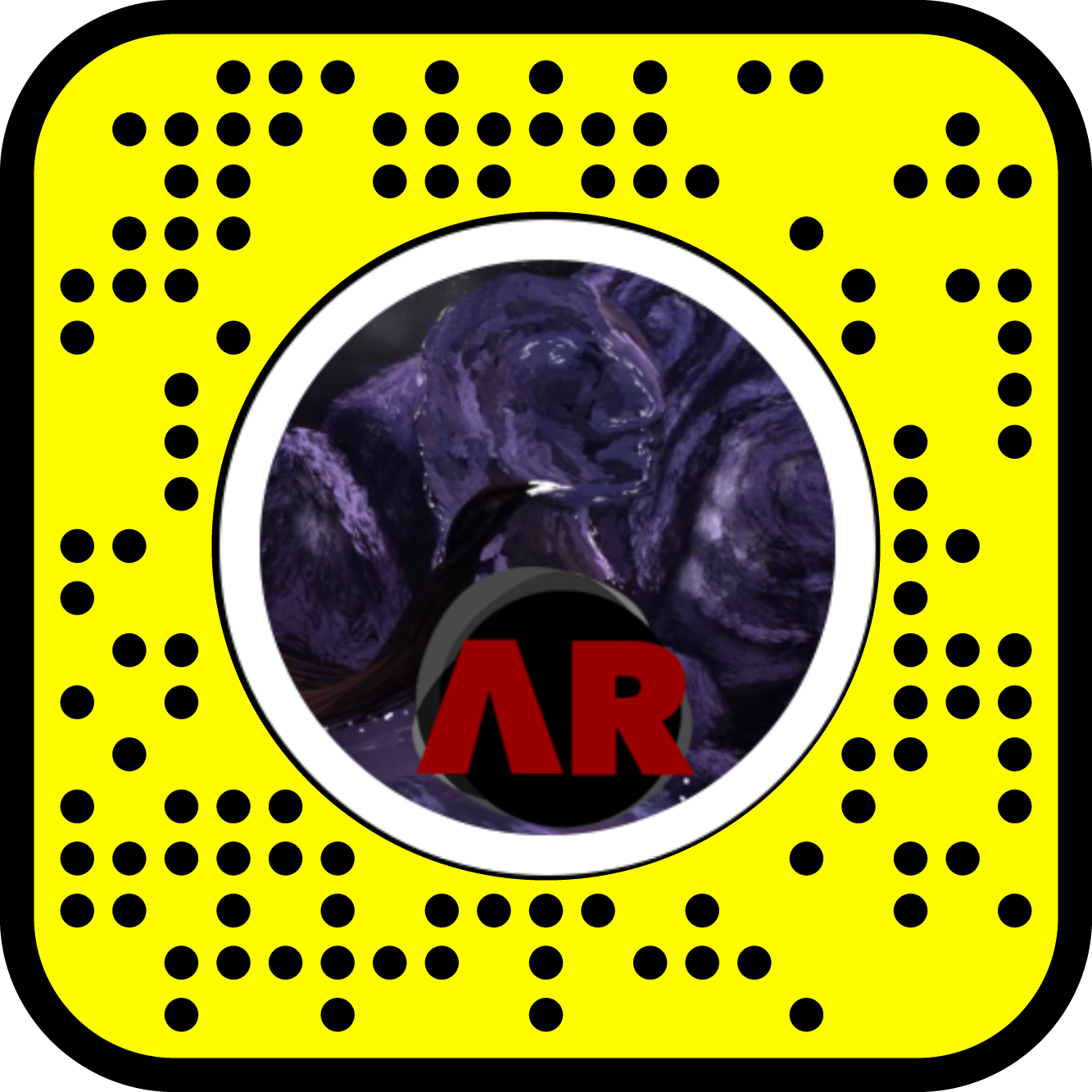By Simrin Singh and Abigail Washer
Despite the hardships she endured, Miriam Cortez never let them define her future.
After spending her childhood in and out of foster care, suffering from abuse and trauma and moving between her biological parents and state-certified caregivers, Miriam holds art close to her heart.
While having a full-time dream job at Peace4Kids, a nonprofit organization that supports youth in foster care, Miriam finds the time in her busy schedule to create art, oftentimes late at night.
She feels a strong sense of ownership over her artwork, which defines her reality in a way that cannot be taken away from her.In her artwork, Miriam creates representations of herself, whether through self-portraits or other unique symbolism. She especially has a strong connection to birds after having them caged as pets throughout her childhood. She realized later that she saw reflections of herself in the birds.
“I immortalize them in my pieces and represent them as symbols of hope and freedom,” she said. “This image of something that was caged and locked and contained is now free singing all the songs it needs to and telling all its stories.”
Miriam also has a love for cartoons and classic animations that led her to create stop-motion artwork. She started creating the pieces in the corners of pages in her school textbooks and post-it notes. Those animations, that can be comprised of up to 2,500 individual drawings, have been featured in several music videos.
For the stop-motion equipment, Miriam said she saved up her money for years, sometimes even sacrificing her meals.
Miriam’s parents play a big role in her work, having been her first artistic inspirations as a child. While she remembers them both as storytellers, her inspiration from them came as an escape from her childhood.
“There was a lot of violence, abuse and trauma going on in my household and for me when my father would relapse or go missing or when my mother was violent and abusive,” she said. “I used to hide in a corner of a closet in my house and create these almost prehistoric-like creatures and I would call them my friends and talk to them for hours.”
Even at four years old, Miriam said she understood the reality that she was living in was not reflective of who she was, and still is, as a person.
“My parents’ traumas and their narratives of abuse were not mine, so I would create my own world and in them I would live to freely and fully,” Miriam said.
Art quickly became a space where Miriam said she found safety, connection and validation. Even as she grew into adulthood, she was searching for ways to reconnect with the little girl who was trying to survive an abusive environment.
For her, art is a secret portal into a life full of storytelling and falling in love with the idea of narrating her life.
“As I got older, I found art became this thing that ended up saving my life.”



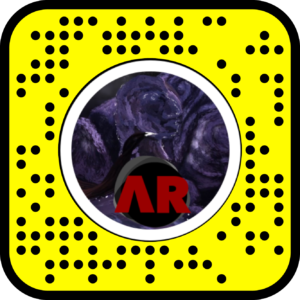
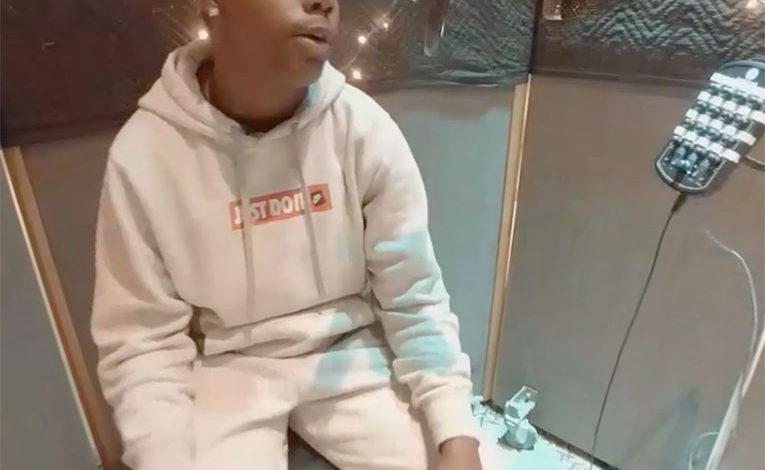
 “When I rap, it gives me an opportunity to express myself and how I feel,” says Elizah, “I basically write my music like anytime I go outside […] my room, car, doesn’t really matter.”
“When I rap, it gives me an opportunity to express myself and how I feel,” says Elizah, “I basically write my music like anytime I go outside […] my room, car, doesn’t really matter.”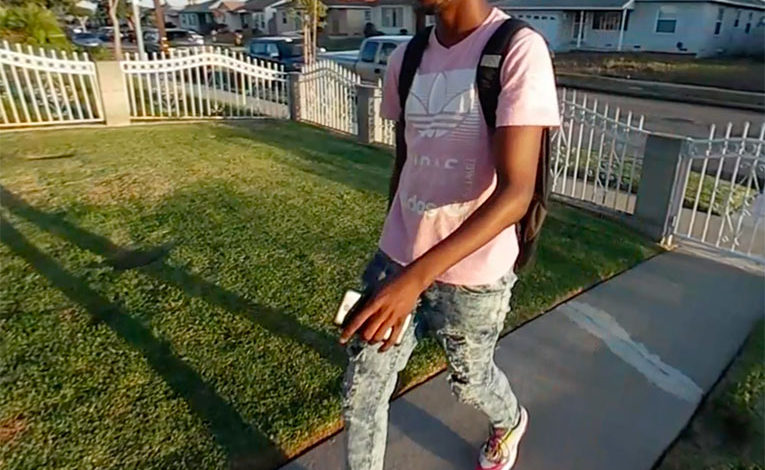

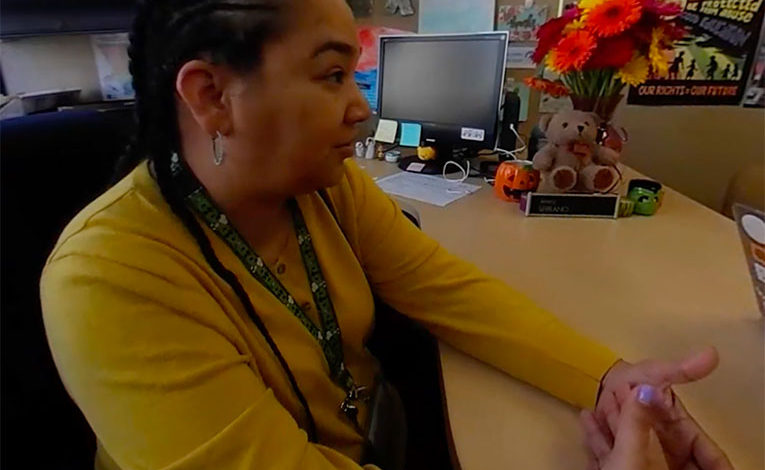
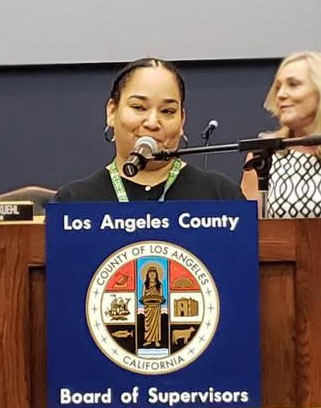 Now, as a mother of two kids, she is working for the Los Angeles County Department of Children and Family Services, overseeing programs for transition-age youth.
Now, as a mother of two kids, she is working for the Los Angeles County Department of Children and Family Services, overseeing programs for transition-age youth. 